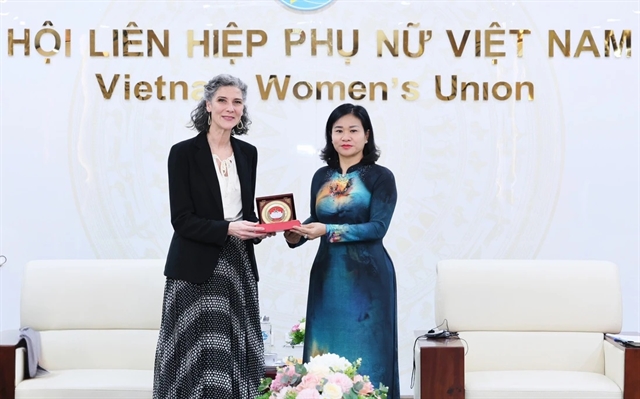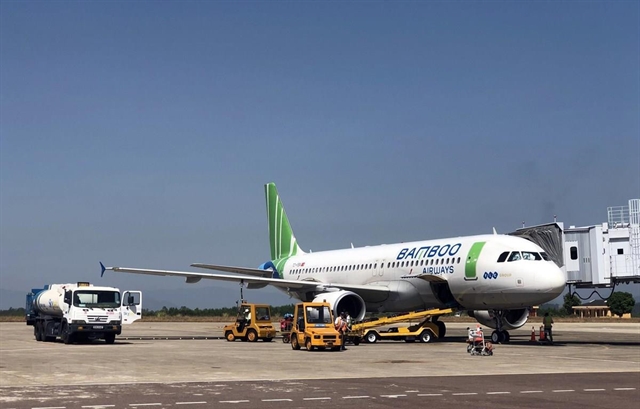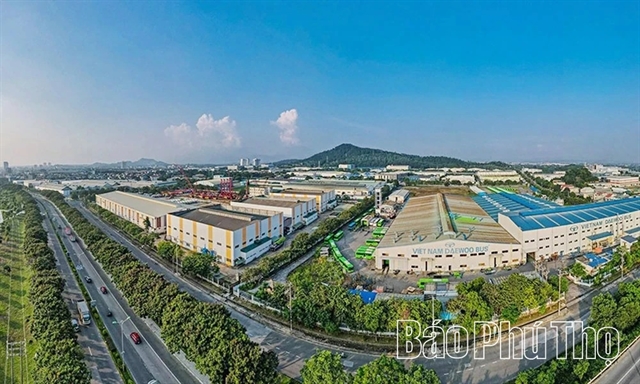 Opinion
Opinion
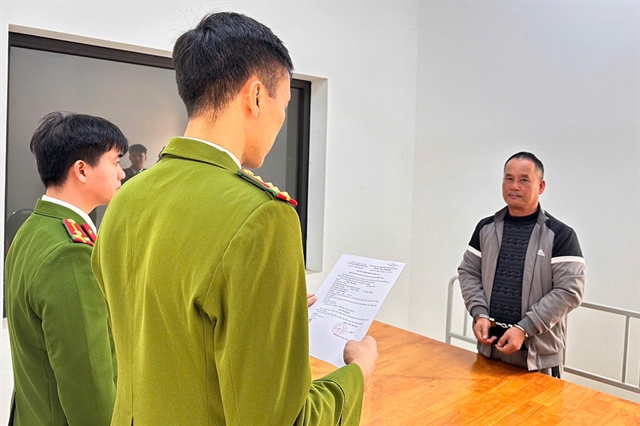
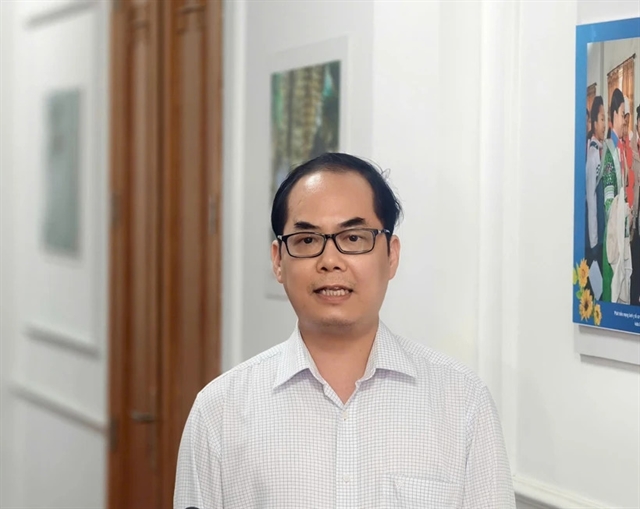 |
| The Deputy Director of the Drug Administration of Việt Nam under the Ministry of Health, Tạ Mạnh Hùng. VNA/VNS Photo |
The recent discovery of counterfeit and substandard medicines has raised alarm among authorities. Tạ Mạnh Hùng, Deputy Director of the Drug Administration of Việt Nam under the Ministry of Health, spoke with the press about the root causes and what urgent solutions could be applied to address this critical issue.
Why do counterfeit and substandard medicines continue to appear in some retail pharmacies despite regulatory oversight?
One of the main reasons is that current penalties for violations are not strong enough to serve as a real deterrent. For example, a fake box of medicine might be worth just a few hundred thousand Vietnamese đồng, so under Decree 117, administrative fines may only range from one to a few million Vietnamese đồng. This is far too low to discourage offenders.
In addition to tougher penalties, we need stronger coordination with law enforcement to trace and shut down illegal production sites. This is key to cutting the problem at its roots.
A recent large-scale counterfeit medicine case in Thanh Hóa Province, for instance, was successfully cracked down thanks to collaboration between the provincial Department of Health, the market surveillance authority and the police. The case was handed over to the investigation agency, which has launched a formal criminal probe.
What is the Ministry of Health proposing to limit the prevalence of counterfeit and low-quality drugs?
The Government has already issued various directives, such as Directive No 17/CT-TTg in 2018, to strengthen efforts against counterfeit and substandard goods in pharmaceuticals, cosmetics, supplements and traditional medicines.
Following the Thanh Hóa case, the Prime Minister also issued Emergency Directives No 41 and No 45 to address counterfeit medicines and health-related goods more decisively.
The Ministry of Health is now fast-tracking a new action plan to enhance the effectiveness of these efforts. Key measures include reviewing legal frameworks to increase penalties and boost deterrence, enhancing inspections and oversight at all levels of the pharmaceutical supply chain, building a national database of licensed medicines and creating digital connections among drug retailers to ensure traceability and expanding public education campaigns to help consumers recognise and avoid counterfeit drugs.
We’re also working with ministries like the Ministry of Information and Communications and the Ministry of Industry and Trade to crack down on online drug sales that violate current laws.
What immediate actions is the ministry taking while long-term measures are developed?
In the short term, we are ramping up inspections of drug suppliers and requiring them to present clear documentation proving the origin of their products before selling them.
We are also intensifying oversight of pharmaceutical production and distribution, particularly online sales via e-commerce platforms and social media.
In parallel, we’re encouraging drugstores to adopt digital traceability tools and anti-counterfeit technology, such as QR codes and security seals.
Moreover, we’ve asked the national network of drug testing laboratories, including central and provincial centres, to step up targeted sampling and testing efforts, both routinely and on an ad-hoc basis.
Lastly, we’re calling on local governments to allocate more resources for testing and sampling, as well as to invest in facilities and human resource development for provincial laboratories. Strengthening these local capacities is essential to ensuring medicine quality nationwide. — VNS

